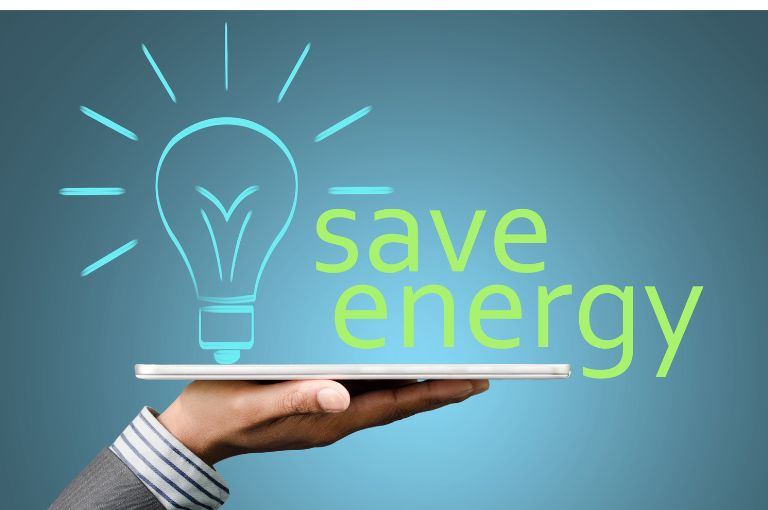In today’s world, where environmental consciousness and cost savings go hand in hand, adopting energy-saving practices in your home is not only eco-friendly but also financially savvy. From reducing utility bills to minimizing your carbon footprint, small changes can make a big impact. Here are some practical tips to help you power up your savings and make your home more energy-efficient:
- Upgrade to Energy-Efficient Appliances: Consider replacing old, inefficient appliances with Energy Star-certified models. These appliances are designed to use less energy while still delivering top-notch performance. From refrigerators and washing machines to water heaters and HVAC systems, upgrading to energy-efficient appliances can result in significant long-term savings on your utility bills.
- Seal Air Leaks: Air leaks around windows, doors, and vents can waste energy by allowing heated or cooled air to escape, forcing your HVAC system to work harder to maintain a comfortable indoor temperature. Seal gaps and cracks with weatherstripping, caulk, or spray foam insulation to prevent air leaks and improve energy efficiency.
- Invest in Programmable Thermostats: A programmable thermostat allows you to set your home’s heating and cooling schedule based on your daily routine. By adjusting the temperature when you’re asleep or away from home, you can reduce energy consumption without sacrificing comfort. Some smart thermostats even learn your preferences and adjust settings automatically for maximum efficiency.
- Use Energy-Efficient Lighting: Replace traditional incandescent bulbs with energy-efficient LED or CFL bulbs. These bulbs use significantly less energy and last much longer than incandescent bulbs, saving you money on both electricity bills and replacement costs. Additionally, consider installing motion sensors or timers to automatically turn off lights when not in use.
- Maximize Natural Light: Take advantage of natural light to reduce the need for artificial lighting during the day. Keep curtains and blinds open during daylight hours, especially on south-facing windows, to allow sunlight to brighten your home. Additionally, consider using light-colored paint and reflective surfaces to help distribute natural light more effectively throughout your living space.
- Upgrade Insulation: Proper insulation is essential for maintaining a comfortable indoor temperature and reducing energy waste. Insulate attics, walls, and floors to prevent heat loss in the winter and heat gain in the summer. Consider adding extra insulation to older homes or areas with inadequate insulation to improve energy efficiency and indoor comfort.
- Unplug Electronics When Not in Use: Many electronic devices continue to draw power even when turned off, a phenomenon known as standby power or vampire power. Unplug electronics such as TVs, computers, chargers, and small appliances when not in use, or use power strips with built-in timers or switches to easily disconnect multiple devices at once.
- Maintain HVAC Systems Regularly: Proper maintenance of your heating, ventilation, and air conditioning (HVAC) systems is essential for optimal performance and energy efficiency. Schedule annual HVAC inspections and tune-ups to ensure that equipment is running smoothly and efficiently. Replace air filters regularly to improve airflow and reduce energy consumption.
By implementing these energy-saving tips in your home, you can not only lower your utility bills but also reduce your environmental impact and contribute to a greener, more sustainable future. Remember, even small changes can add up to significant savings over time. So power up your savings today and make your home more energy-efficient for years to come.


